Harnessing the Flow: The Potential of Hydropower for a Cleaner Tomorrow
Elizabeth Ruiz
Posted 10/11/23
As the focus strengthens on renewable energy, hydropower is being touted by the US Department of Energy as the future, providing 100% clean electricity by 2035. How does hydropower work and how can it help? Are there drawbacks? What will need to be addressed for reliability and maintenance in hydropower facilities?
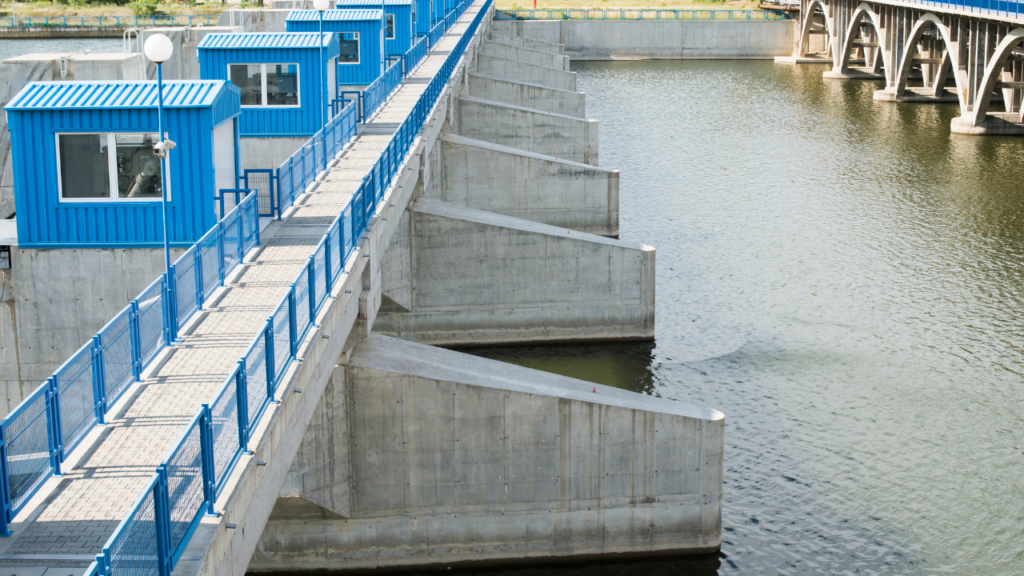
What are the Basics of Hydropower?
According to the Office of Energy Efficiency & Renewable Energy, hydropower (also called hydroelectric power) generates electricity using the natural flow of moving water. It uses the elevation difference created by a diversion structure (such as dams) of water flowing in on one side and out far below on the other side. It is one of the oldest and largest renewable energy sources. Currently, hydropower accounts for 28.7% of total renewable electricity generation and about 6.2% of total electricity generation in the US, but the goal is for that to change.
Watch the Department of Energy’s Hydropower 101 video for a detailed explanation on how hydropower works.
Over the past 15 years, the US power sector has improved significantly in terms of reducing carbon emissions thanks to technological change, policies, and other factors. Clean electricity currently contributes over 40% of power generation in the US. The widely available low-cost clean power supply options combined with climate change and energy security concerns have created the ability and increased motivation to get the ball rolling with clean power deployment.
What are the Benefits of Hydropower?
Moving towards power-sector decarbonization will mitigate damage from climate change, extreme weather, heat-related injury and fatality, and reduction in agricultural productivity, among others. It will also provide health and related economic benefits, improve energy security by stabilizing oil and natural gas prices, improve social equality, and produce well-paying jobs in new and emerging industries.
Other benefits include:
- Reduced greenhouse and energy-related emissions (no fuel burned, so minimal pollution).
- Reduced costs of climate damage from reduced power sector emissions.
- Reduced health issues from power-sector pollution.
- Affordable electricity source (low maintenance and operations cost).
- Proven (over many years) to be reliable.
- Renewable energy source.
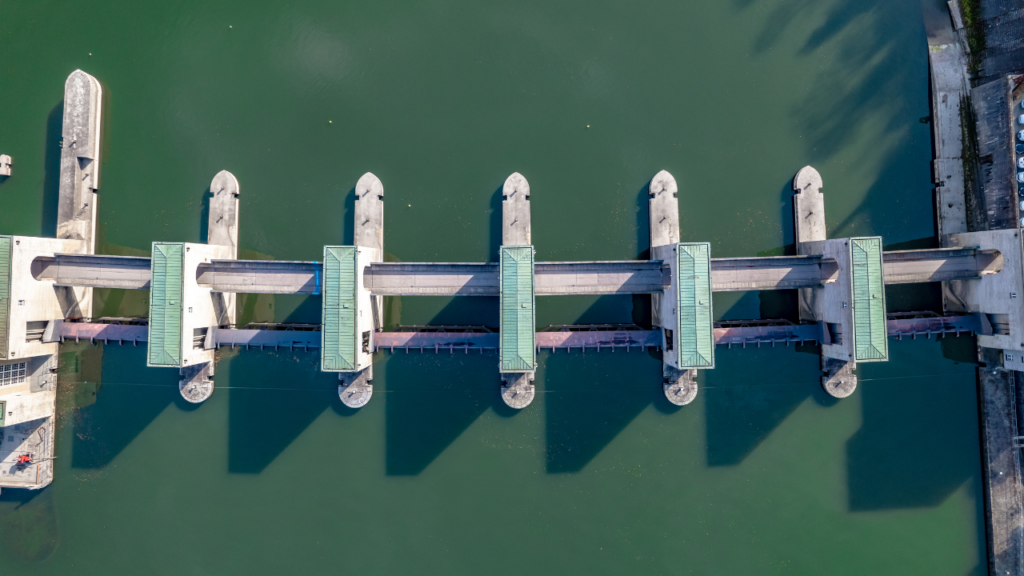
What are the Drawbacks of Hydropower?
The US Department of Energy acknowledges that there are challenges in achieving this goal, including potential impacts on communities, jobs, supply chain, equity, and ecosystems. Although it does have advantages over other power-producing methods, there are problems as well.
The US Geological Survey advises that:
- Initial investment costs can be high.
- Dependent on precipitation, which cannot be guaranteed.
and in some cases…
- Interruption of land/wildlife habitat.
- Modification or loss of fish habitat and passages (affecting migration patterns).
- Changes in water quality and/or temperature.
- Displacement of the local population.
- Formation of methane in reservoirs.
Reliability and Maintenance in Hydropower Facilities
Because the benefits are considered as outweighing the challenges, and new policies are taking shape, we can expect to see more hydropower facilities constructed over time. So how do we maintain them?
Renewables First explains that hydropower systems are embedded into the environment they are built into and designed to match local flow and head characteristics. This means that each hydropower system will be designed and have operational characteristics to match the site.
It takes time and training to know how to operate a hydropower system. Specifics related to the site, seasonal concerns, and new equipment are all factors in the learning curve. It can be helpful to hire an expert contractor to perform maintenance duties if current personnel lack the proper training/skills.
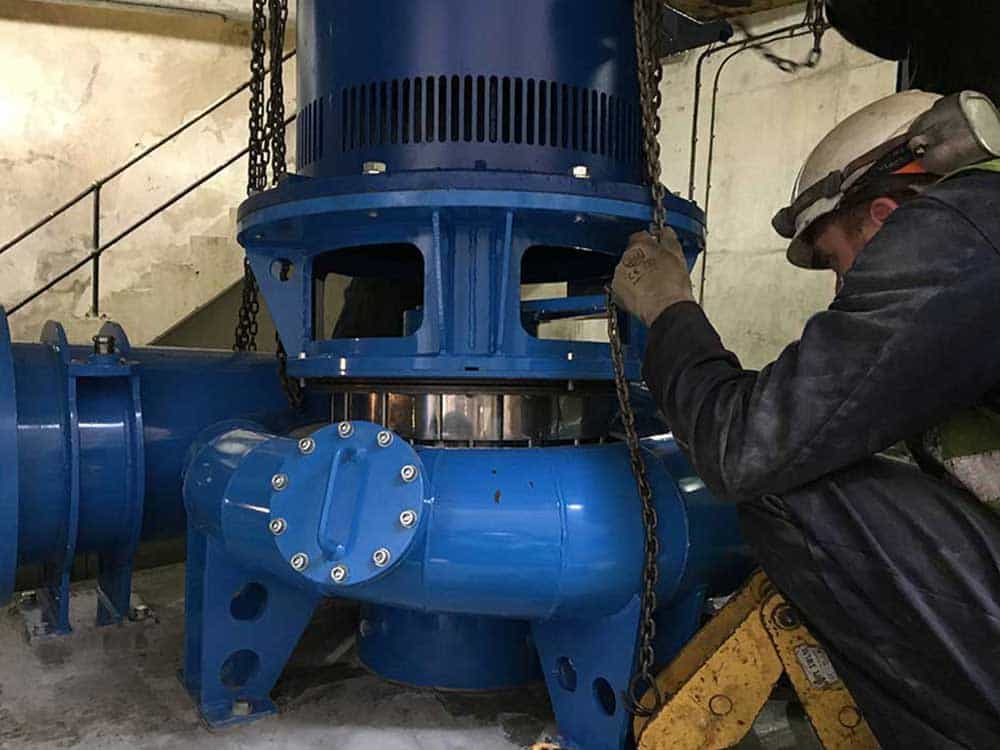
Image and task lists courtesy: Renewables First
Basic routine maintenance in hydropower facilities includes:
- Turbine functional checks and inspection.
- Turbine bearing lubrication and inspection.
- Gearbox inspection.
- Gearbox oil condition analysis and oil changes.
- Gearbox bearing inspection and lubrication.
- Drive belt inspection and replacement.
- Drive coupling inspection.
- Generator inspection.
- Generator bearing inspection and lubrication.
- Hydraulic system inspection.
- Hydraulic system oil condition analysis and oil changes.
- Check all sensors operate correctly.
- Check controller functions correctly.
- Inspection of intake area, impounding structures, pipeline, sluice(s).
Non-Routine maintenance in hydropower facilities includes:
- Bearing replacement.
- Changing drive couplings and belts, including realignment.
- Sensor replacement and calibration.
- Controller optimization/reprogramming.
- Internal (endoscopic) inspections of turbines and gearboxes.
- Major mechanical/electrical or civil engineering repairs and refurbishments.
- Pipeline pigging.
- Pipeline external and internal inspections.
- Weir condition surveys.
- Flow rate measurements (to verify turbine performance and consent compliance).
- Hydraulic accumulator testing and recharging.
- Electrical inspection and testing.
- Automated intake screening system maintenance.
- Fish pass/bypass/eel pass works.
- Hydrosystem performance and operational reviews/optimization.
- Environmental permit compliance.
Conclusion
The utilization of hydropower is promising in the pursuit of a cleaner and sustainable energy future. The technology, rooted in the natural flow of water, has already proven its worth over time. There are many benefits to hydropower, including significantly reduced greenhouse gas emissions and providing affordable and reliable electricity. As the power sector in the US experiences a positive shift towards decarbonization, hydropower can work not only as a solution to energy needs but also as a catalyst for job creation, improved social equality, and enhanced energy security.
As we embrace the promise of hydropower, it is essential to acknowledge and manage the drawbacks conscientiously. The potential impacts on communities, ecosystems, and the workforce should be reduced as much as possible through informed policies and community engagement. It will also be important to keep up with any updated or specialized procedures related to reliability and maintenance in hydropower facilities. With a commitment to addressing challenges, investing in technology, and implementing responsible policies, hydropower has the potential to play a pivotal role in reshaping the energy landscape, steering us towards a future where clean and sustainable power is not just a goal but a reality.
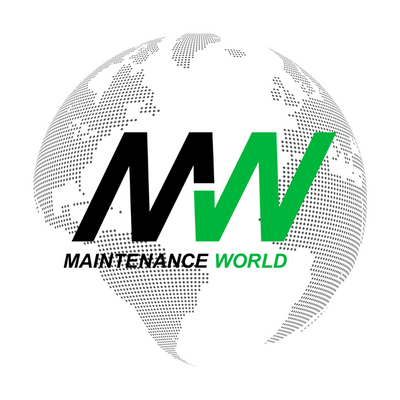
Midweek with Maintenance World
Looking for a midweek break? Keep up with the latest news brought to you every Wednesday by the Maintenance World crew.
Related Articles

Cardinal Manufacturing, Helping to Bridge the Manufacturing Skills Gap

South Carolina Ranked as the #1 State for Manufacturing

The Decade of American Reshoring
Lost Radioactive Capsule Proves Preventive Maintenance is as Important as Ever

HBD Condition Monitoring Devices at the center of Ohio Derailment
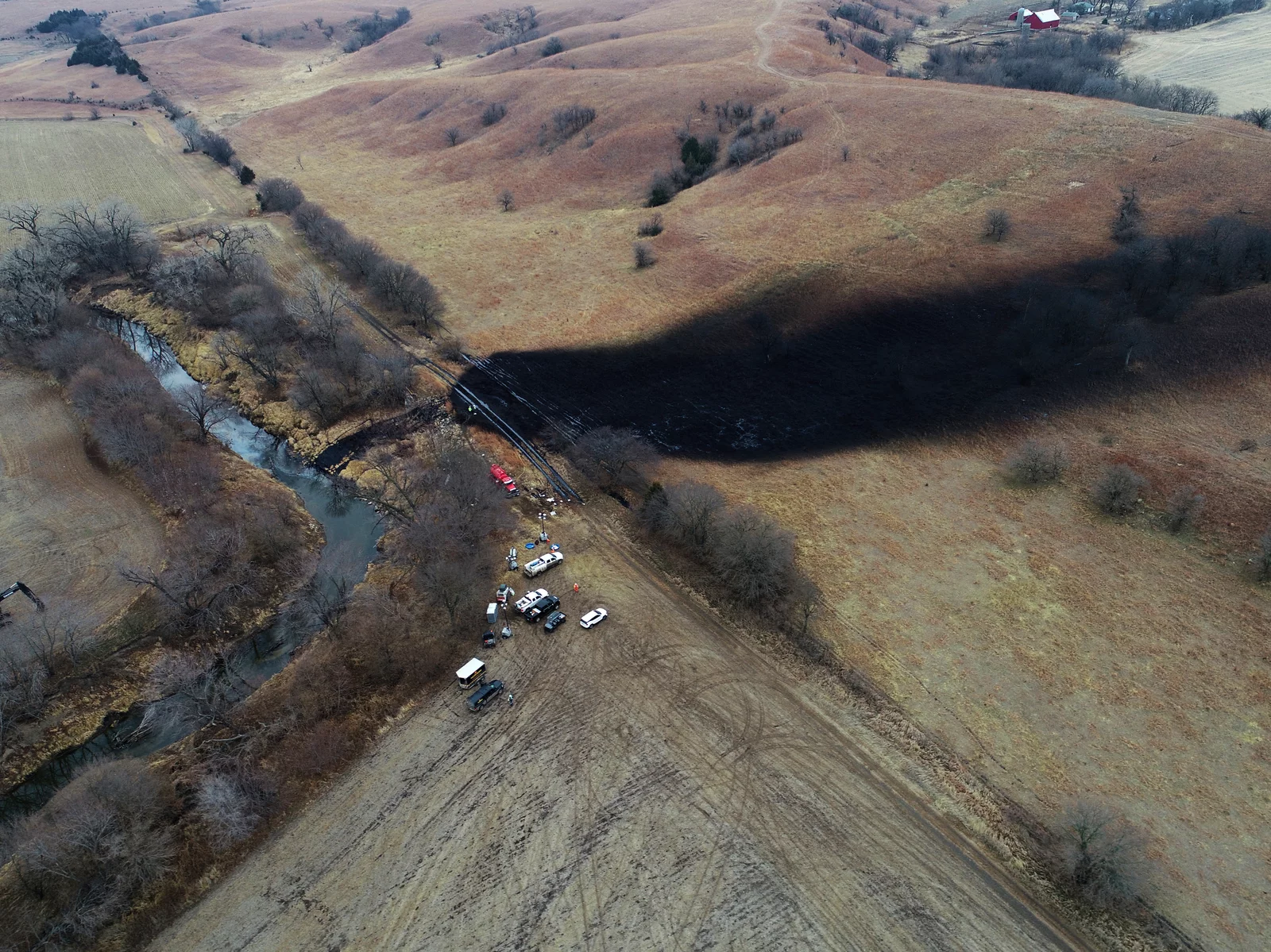
Failure Analysis Uncovers the Cause of the Keystone Oil Spill




